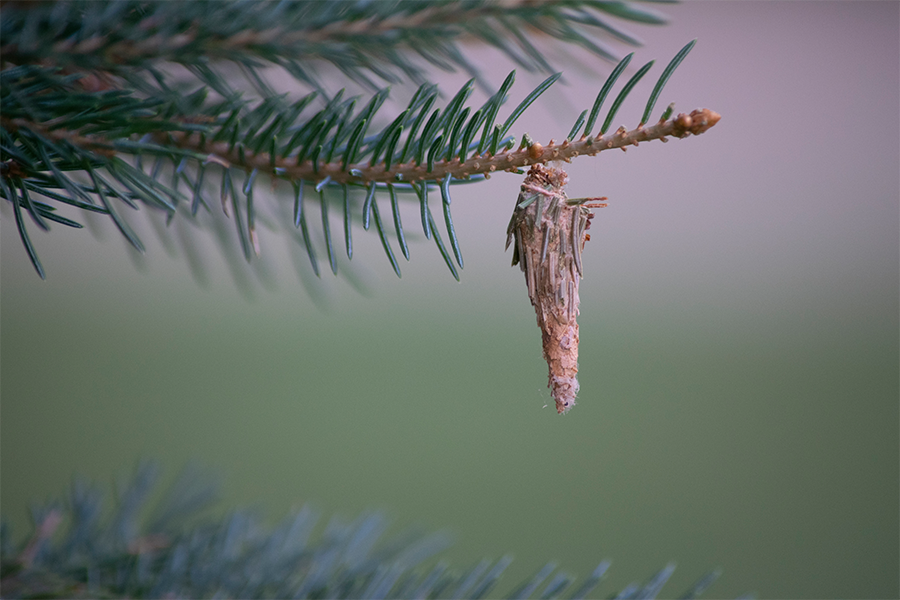Fruit, Vegetable and Ornamental Production
-

The 2022 edition of this publication covers integrated pest management information for blueberry producers in the Southeastern U.S. Recommendations are based on information from the manufacturer’s label and performance data from research and Extension field tests. This publication is intended for use only as a guide. Specific rates and application methods are on the pesticide label, and these are subject to change at any time.
Phillip Brannen
|
-

This new regional integrated pest management guide provides recommendations for muscadine grape production in the Southeastern U.S. Recommendations are based on information from the manufacturer’s label and performance data from research and Extension field tests. This publication is intended for use only as a guide. Specific rates and application methods are on the pesticide label, and these are subject to change at any time.
Phillip Brannen
|
-

Deciduous fruit plants common to Georgia must be propagated asexually because they do not come true to seed. This makes it necessary to reproduce the desired fruit plants by methods such as cuttings, runners, layering, budding or grafting. This publication discusses the common techniques used to asexually propagate fruit plants adapted to Georgia.
Gerard Krewer and Robert Westerfield
|
-

This publication is a comprehensive guide to growing vegetables organically, including location, planning, irrigation, soil preparation, composting, fertilizers, successive planting and crop rotation, mulching and insect control.
George Boyhan, Robert Westerfield, and Suzzanne Tate
|
-

Shoot thinning is the first seasonal canopy management practice in wine grape vineyards, but shoot thinning is not implemented in muscadine vineyards. Failure to shoot thin results in a highly congested canopy characterized by reduced air flow, high humidity, and extended damp periods. Muscadines can generally tolerate such conditions without adverse effects. Wine grapes grown in crowded fruit zones, however, will experience excessive disease incidence and severity—especially in the humid Southeastern U.S. Shoot thinning is therefore a necessary canopy management practice in wine grape vineyards in Georgia and other Southeastern states.
Tim Coolong and Cain Hickey
|
-

This bulletin is intended to provide to provide both veteran and new growers an overview of commercially popular pruning strategies and a greater depth of understanding of the theory behind pruning method practice. Dormant pruning is an important vineyard management decision as it sets the crop level and canopy density before green tissues are present. Growers must take several considerations into account when choosing a pruning method, including vineyard design, cultivar, and labor force throughout the year. Some growers may choose to adopt several different pruning strategies to successfully manage their vineyard. Regardless of the pruning method, it is important to develop a plan that includes scheduling when and how each vineyard block will be pruned throughout the dormant season. Effective dormant pruning sets the stage for successful vineyard management throughout the forthcoming growing season.
Tim Coolong and Sarah Lowder
|
-

C 1237
Bagworms in Urban Landscapes
An introduction to bagworms, along with their biology, how they damage landscapes, and management options.
William Hudson, Shimat Joseph, and Oluwatomi Ibiyemi
|
-

Georgia pecan orchards are often found growing adjacent to fields of annual row crops, timber, and pastures. As a result, the tree canopies of these orchards are susceptible to injury from herbicide drift from the adjacent operations when herbicide applications are made under conditions unsuitable for spraying. Drift may also occur when cotton fields are sprayed with chemical defoliants in the fall. Pecan tree roots often extend into an adjacent row crop fields and can compete with the row crop for available soil, water, and nutrients. Under such conditions, trees may also absorb residual herbicides from the soil in these fields.
Marvin Wells
|
-

This bulletin contains guidelines to determine irrigation scheduling for vegetable production in Georgia. Irrigation scheduling varies with water management and growers may require different technologies to properly manage water application. This information is supplied to help irrigation managers schedule and operate irrigation systems to optimal capacity, applying water precisely to the crop for maximum effectiveness and high efficiency.
Juan Diaz-Perez and Tim Coolong
|